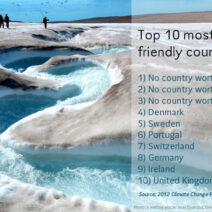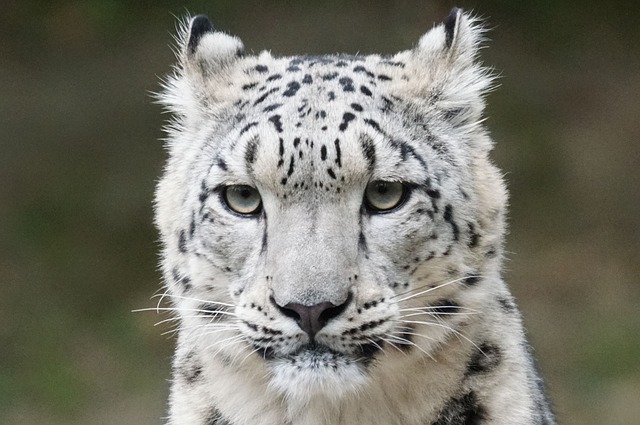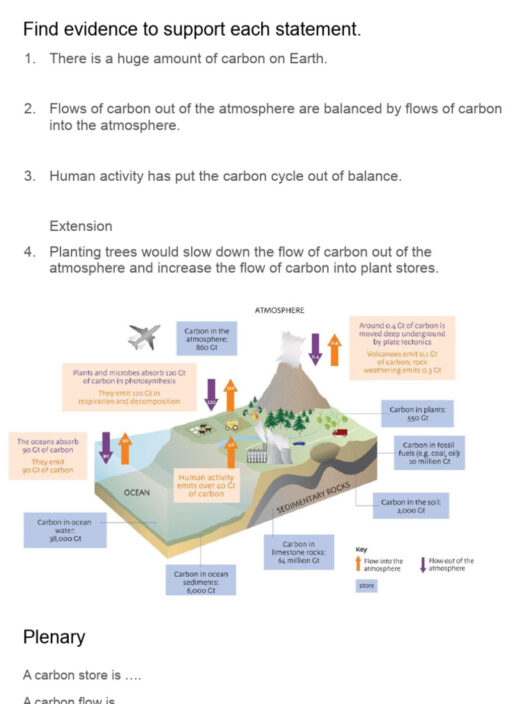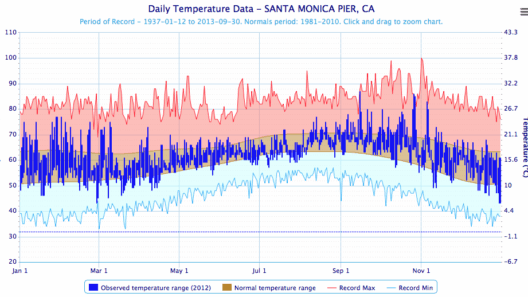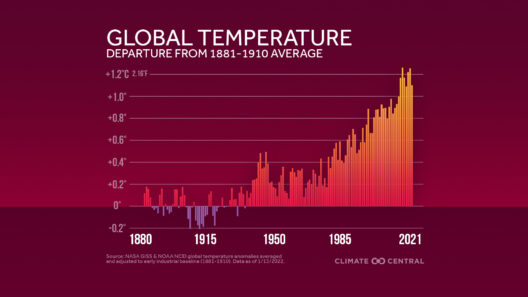Climate change is an insidious force reshaping our planet and its ecosystems. Among the myriad species affected, the snow leopard (Panthera uncia) stands as a poignant example of how human-induced climate change can jeopardize wildlife. Renowned for its elusive grace and stunning beauty, this apex predator is not only a symbol of mountainous ecosystems but also a crucial component of its habitat. Understanding the multifaceted ways in which climate change endangers snow leopards is imperative in catalyzing both awareness and action.
To appreciate the plight of the snow leopard, one must first grasp the specific challenges posed by climate change. These majestic creatures inhabit the high-altitude regions of Central and South Asia, predominantly within the formidable mountain ranges like the Himalayas and the Tien Shan. Snow leopards are uniquely adapted to their frigid habitats, possessing thick fur coats and specialized physical attributes enabling them to navigate rugged terrain. However, as global temperatures rise, the ecosystems that sustain these remarkable animals face profound disruption.
One of the foremost threats is habitat loss. Climate change is driving alterations in the distribution of montane ecosystems. As temperatures increase, suitable habitats for snow leopards are diminishing. The rising altitude of the tree line leads to forest encroachment, threatening the delicate balance of these alpine environments where snow leopards thrive. The reduction of pristine habitat not only limits the snow leopard’s range but also fragments the populations, creating isolated groups that struggle for survival.
Furthermore, warming temperatures exacerbate the melting of glaciers, which serve as vital water sources for many of the snow leopard’s prey species. As these glaciers recede, water scarcity becomes a pressing issue for ecoregions that experience fluctuations in precipitation patterns. Decreasing populations of herbivores such as blue sheep and ibex, which comprise the snow leopard’s diet, lead to increased competition for dwindling resources. The cascading effect on prey availability has dire consequences for the survival of snow leopards, who rely on these animals for sustenance.
In addition to habitat degradation and prey scarcity, the phenomenon of climate-induced extreme weather events compounds the challenges snow leopards face. Instances of intense storms, rockslides, and avalanches can obliterate both prey and snow leopard populations. These disasters disrupt the delicate balance of life in mountainous terrains, often leading to increased mortality rates in young leopards who are more vulnerable. As environmental stability erodes, so does the resilience of the snow leopard population.
The human footprint on these ecosystems cannot be understated. As communities encroach further into snow leopard territory, the resulting human-wildlife conflict exacerbates their endangerment. Livestock farming is prevalent in many regions inhabited by snow leopards, leading to direct competition over resources. When snow leopards prey on livestock, local herders may retaliate, resulting in the intentional killing of these majestic cats. Education and awareness can play a pivotal role in mitigating this conflict, fostering coexistence rather than hostility.
Moreover, poaching remains a significant hurdle. Although international trade in snow leopard parts is illegal, the demand for their pelts and body parts persists. In some cultures, these items are sought for ceremonial purposes, resulting in continued hunting pressures. The interrelation between climate change and poaching paints a somber picture—habitat degradation pushes snow leopards closer to human settlements, increasing their vulnerability to illegal hunters.
Efforts to conserve snow leopards in the face of climate change necessitate a multifaceted approach. Strategies must include habitat preservation, enhancing connectivity between fragmented populations, and restoring critical prey species. Initiatives that promote sustainable land-use practices can help mitigate human-wildlife conflicts while ensuring that communities benefit from healthy ecosystems. Equally important, advocacy and education are vital for fostering a commitment to conservation. When communities understand the intrinsic value of snow leopards, they become more likely to participate in protective measures.
In the face of these challenges, the promise of research and innovation emerges as a beacon of hope. Increasingly, technology—such as GPS collaring and camera traps—provides invaluable data on snow leopard behavior and population dynamics. Understanding their adaptive strategies in a rapidly changing climate can inform targeted conservation efforts. Engaging traditional ecological knowledge from local communities alongside scientific methodologies creates a powerful synergy that addresses both environmental and social dimensions of snow leopard conservation.
The plight of the snow leopard is not just a narrative of loss; it resonates as a call to action. The irreversible consequences of climate change reverberate throughout ecosystems, compelling humanity to reassess its relationship with nature. By championing the cause of snow leopards, we symbolize a broader commitment to safeguarding biodiversity and the astonishing wealth of life our planet has to offer.
Ultimately, the survival of snow leopards is intertwined with our actions. Combating climate change is a collective responsibility—one that beckons us to shift our perspective on wildlife conservation and ecological integrity. Through conscientious choices and collective endeavors, we can foster an environment where snow leopards thrive, enriching our global tapestry of life. The time to act is now, for the future of these magnificent creatures—and our own—is at stake.

